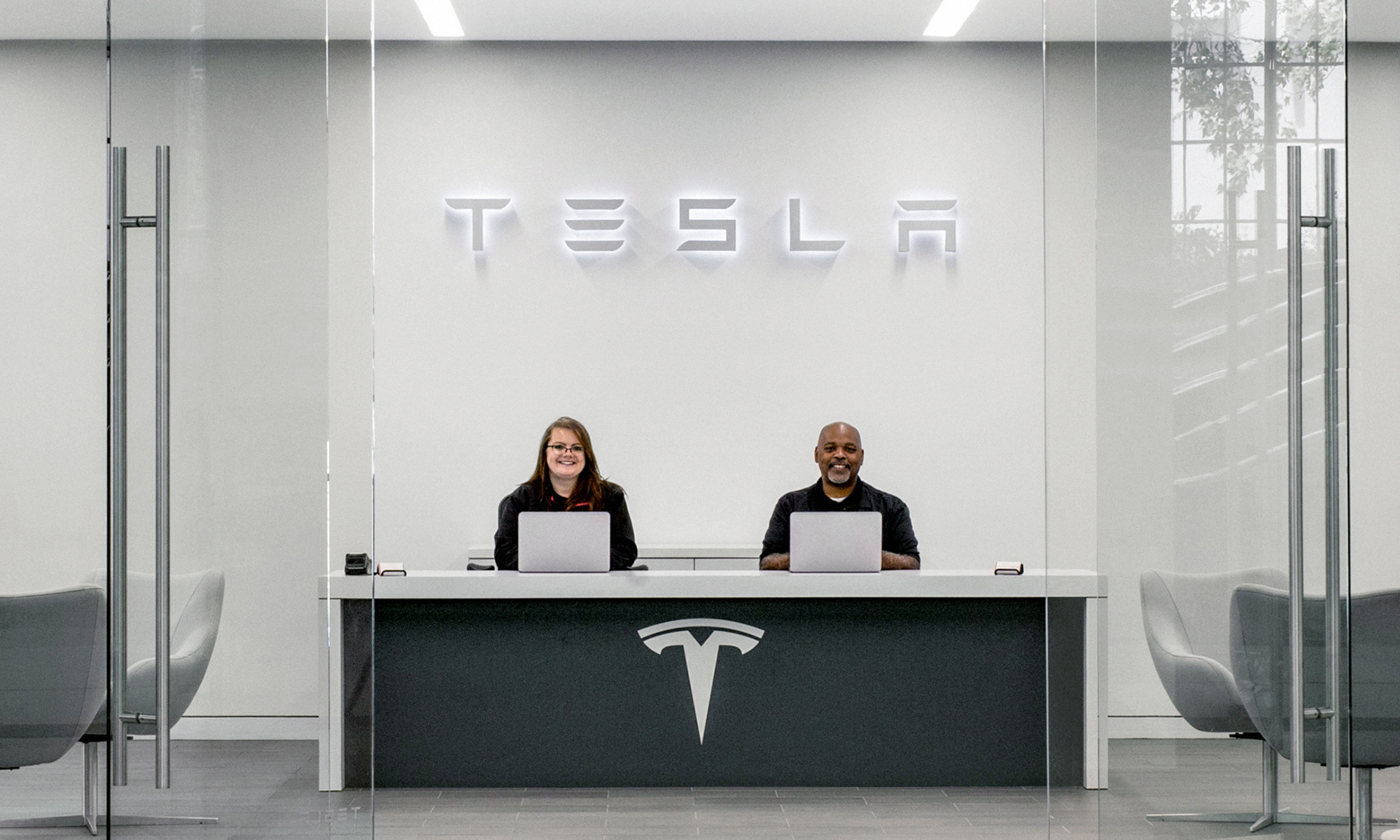Earlier this week, Standard & Poor's Ratings Services gave Tesla Motors (TSLA 2.62%) a non-investment rating of B- on the company's corporate debt. That puts the company on par with countries like Congo and Pakistan. Are Tesla shareholders risking too much?

Model S. Image source: Tesla Motors
The rating
What does a B- rating really mean? According to the rating agency's website, debt that falls under this rating is "[m]ore vulnerable to adverse business, financial and economic conditions but currently has the capacity to meet financial conditions."
Standard & Poor's makes some good points.
First and foremost, Tesla's $2.9 billion in convertible bonds is a substantial sum for a company with about $700 million in revenue last quarter. Even worse, the company still isn't consistently reporting positive GAAP net income yet.
But the biggest risk, according to Standard & Poor's, is Tesla's lack of resources to withstand industry shifts.
Our "vulnerable" business risk profile assessment incorporates Tesla's narrow product focus, concentrated production footprint, small scale relative to its larger automotive peers, limited visibility on the long-term demand for its products, and limited track record in handling execution risks that could arise in managing high volume parallel production.
In other words, Tesla doesn't have the research and development capacity to respond to rapid change. For instance, say, hydrogen fuel cell technology for vehicles suddenly becomes feasible, compelling, and marketable -- so much so that battery vehicles can't keep up. If something like this happened, bigger auto peers would have the capital needed to make rapid changes, and Tesla wouldn't.
A necessary risk
On the other side of the coin, it's Tesla's pure play on electric vehicles that gives it an advantage over its peers.

Photo: The Motley Fool
If the company hedged its bets with other technologies, Tesla wouldn't have the capacity to make big bets on the future of its fully electric cars, like it is by building the Gigafactory, or the world's largest factory for producing lithium-ion batteries. In fact, investors would likely flee in droves if Tesla CEO Elon Musk suddenly expressed a new plan to hedge its bets with lithium-ion technology by testing new hydrogen fuel cell vehicles. It's Tesla's focus that gives investors confidence. Without it, Tesla wouldn't be able to execute with such ambition and timeliness.
But even though that "narrow product focus" the rating agency is worried about may be one of the key drivers behind the market's optimism for Tesla, it doesn't make Standard and Poor's objections unmerited. If Tesla's limited visibility of the demand trajectory for electric vehicles turns out to be too bullish, the company would, indeed, have a very rough road ahead -- Tesla has no plan B.
This is why a bet on Tesla, in many ways, is a bet on electric vehicles. Further, this is also why a bet on Tesla stock partly boils down to a test drive in a Model S. Investors have to ask themselves once they experience the technology, "Does Tesla's approach to electric vehicles undoubtedly have a big place in the future?"
Someone has to take a big risk to give electric vehicles a chance, and Tesla is the company has chosen to do it. As a focused niche player, the risk is certainly there, but so is the upside potential over the long haul.






